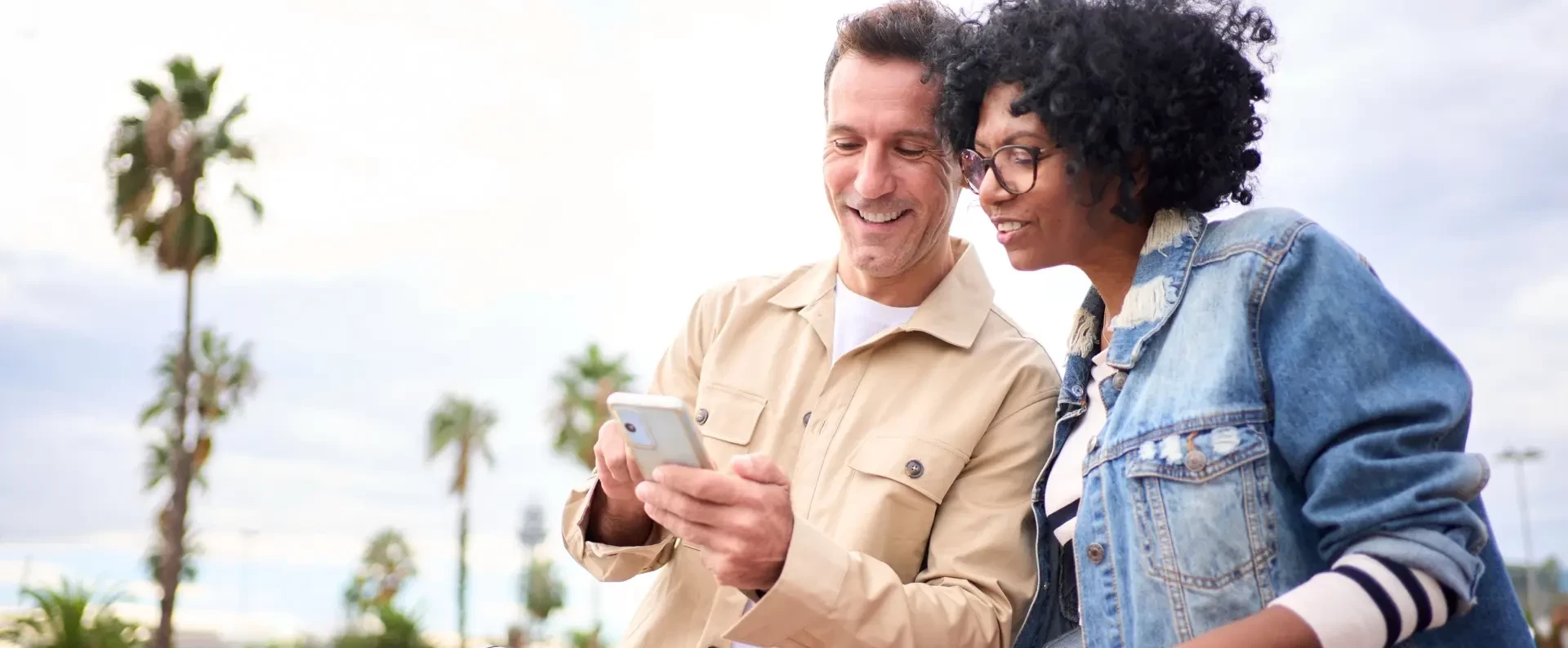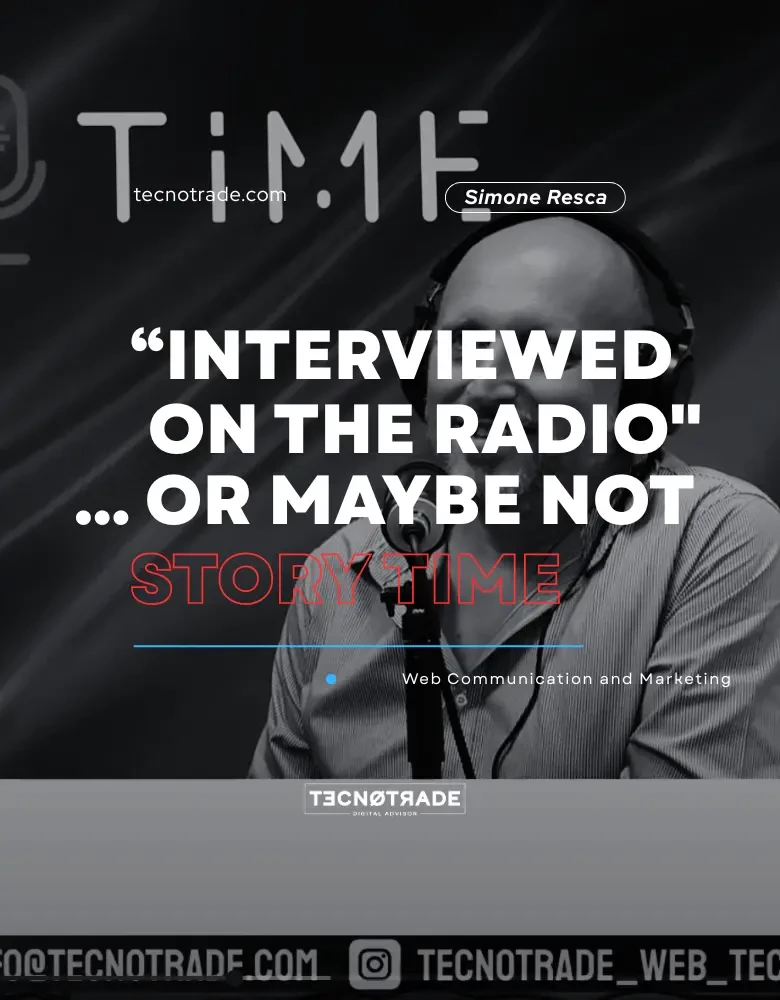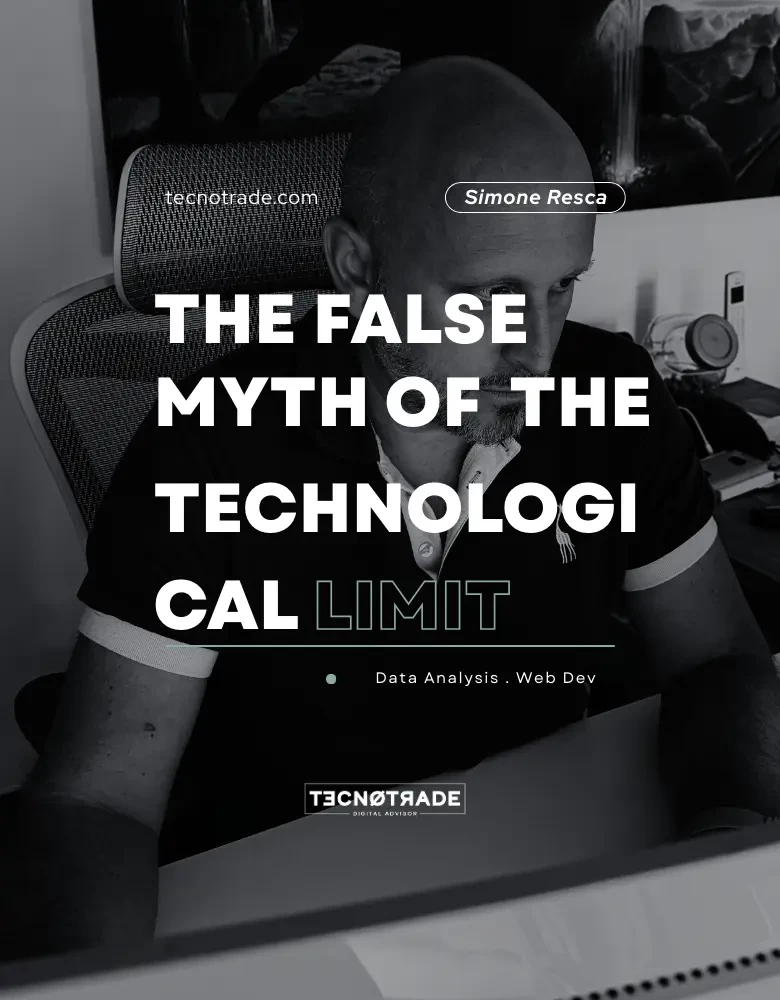The word "vacation" has for years been replaced by the much fuller term travel.
The family is with us, work and the office too.
We recently returned from a long trip to the United States: a month spent traveling by car through Florida, Alabama, Mississippi, and Louisiana.
As with all our life journeys, it was meant to be a mix of family experiences, the study of parallel cultures, and, why not, the search for professional opportunities.
We travel to the USA periodically, more or less regularly.
Part of our family is Native American and we always make sure there are opportunities to meet.
We dedicated a significant part of 2024 to studying and improving ourselves and our skills.
At departure, with our baggage of new and very recent skills acquired in web marketing and development, we wondered how to propose ourselves effectively and, above all, usefully to overseas companies.
After driving 3200 km in a car that in Italy would be considered "important" but there, compared to standard American cars, seemed like a tiny parasite on the asphalt, and after countless digital experiences, I can draw some conclusions.
Conclusions that, I must admit, surprised me first and foremost.
And they surprised me... negatively.
I must admit, I started with very high expectations.
In 2024, we spent 2 months in the United Arab Emirates, alternating between Dubai and Abu Dhabi.
Calling it an emerging country is like calling Leonardo’s Mona Lisa an interesting painting with potential...
During this period, we lived there as citizens, not tourists, using most of the essential daily services.
It was therefore inevitable to mentally compare every little opportunity to do so, from supermarket prices to, of course, the use and usability of digital services.
A non-intuitive site or digital service can make you lose time, opportunities, and attract bad reviews; simplifying the customer experience is not important, it is fundamental!
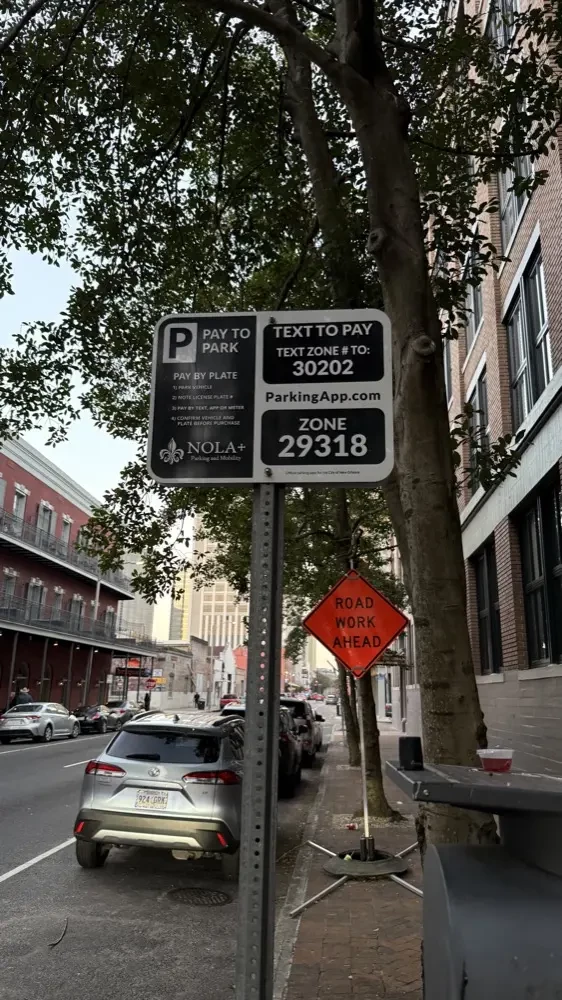
We arrived late evening in New Orleans.
We would only discover the next day that the large police presence waiting for us was unfortunately a delayed response by the administration to a terrorist attack that had killed 15 people just a few hours earlier. 😔
At the hotel receptionist’s request, we were asked to pay a hefty $300 for 4 days of parking.
I refused to pay such an amount and chose the public parking literally in front of the hotel, two lanes away, just 12 steps.
The street sign invited me to pay via two options: an app or the website.
Great! I thought, photographing the sign with instructions, I’d take care of it as soon as I put down the luggage.
I chose to open the website.
I entered the parking number and was shown 5 lots with different addresses but with that number, all in California.
I was in Louisiana.
Okay, patience.
I downloaded the app.
No, the app is outdated and can no longer be used.
It invites users to use another website instead.
I entered the parking number, license plate, personal data, home address (???), credit card info (no PayPal, no Apple Pay, nothing fast...).
I was asked how long I intended to park.
Maximum time: 2 hours.
What? I need 3 days, take my money!
No way.
After 2 hours I must renew the parking.
Two hours pass and the nice "extend parking" button waits eagerly to take more funds.
But unfortunately, no.
Application error.
Take my money!!
I have to start the whole procedure again.
The system saved none of my data.
I re-entered the parking number, license plate, personal data, home address, credit card details and activated another 2 hours.
It was 10 p.m.
I wondered what would happen during the night... having no intention to set an alarm every hour and 59 minutes.
Fortunately, I found the car in its place without fines.
Well, all things considered, New Orleans is not Milan, I thought, they’re tolerant...
Still, I decided to renew the parking, this time using the laptop.
Given the amount of data to re-enter each time, at least I could use a keyboard.
On the desktop version of the same website... the form to enter the parking number did not appear.
I reopened it on the phone and saw it as usual, like the day before.
I went back to the laptop and, by shrinking the Chrome window to mobile screen width, the evil little field appeared.
Maximize the window again and it disappeared.
This digital hide-and-seek was created by some graphic designer (let’s say a web designer...) who, for some unknown reason to a normal user, thought it wise to allow the site to be used ONLY by mobile.
I renewed the parking: 2 hours.
Then something incredible happened: I forgot to renew the bi-hourly subscription.
The next morning, the traffic warden, who the night before was with his family, decided to let me know he had found me.
And there it was, my nice $30 fine.
I reflected that $30 a day in fines is still less than what the hotel parking would have cost me and shrugged.
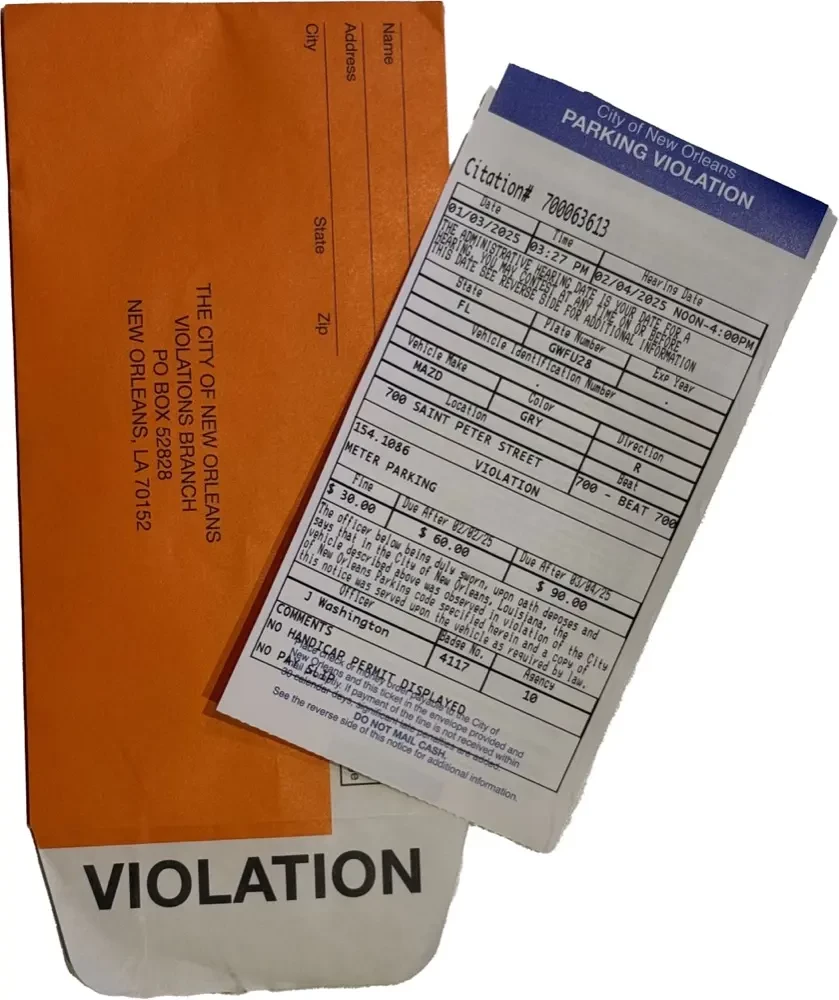
At the same time, I wondered about the reasons, if any, for such choices that I find wrong:
- - no care in access and maintenance of digital applications
- - no possibility to register and save your data, maybe using social logins (Google, Facebook, etc.)
- - no possibility to buy longer time slots with a CERTAIN profit for the community
These choices, probably made by those who do not feel or understand the need to offer worthy digital services, caused significant damage in terms of tourist comfort, a very low perception of city care, and certainly missed revenues. If I hadn’t gotten the fine I would have left the car parked for 3 days paying only $18.
I was ready to spend even 100.
I had many such episodes during the month-long trip but I will tell them in future posts!
Simplifying the Customer Journey: How an Intuitive Site Makes the Difference
In today’s digital landscape, customers expect fast, smooth, and hassle-free experiences. A complex or unintuitive website can turn a potential client into a lost opportunity. But what does it really mean to simplify the customer journey? And why is it so crucial to your business success?
What is the Customer Journey?
The customer journey represents the path a customer takes, from the first contact with your brand to purchase (and beyond). This journey includes every interaction, whether a Google search, a website visit, or a chat with customer service. A smooth and well-organized experience not only guides the customer toward purchase but transforms them into a brand ambassador.
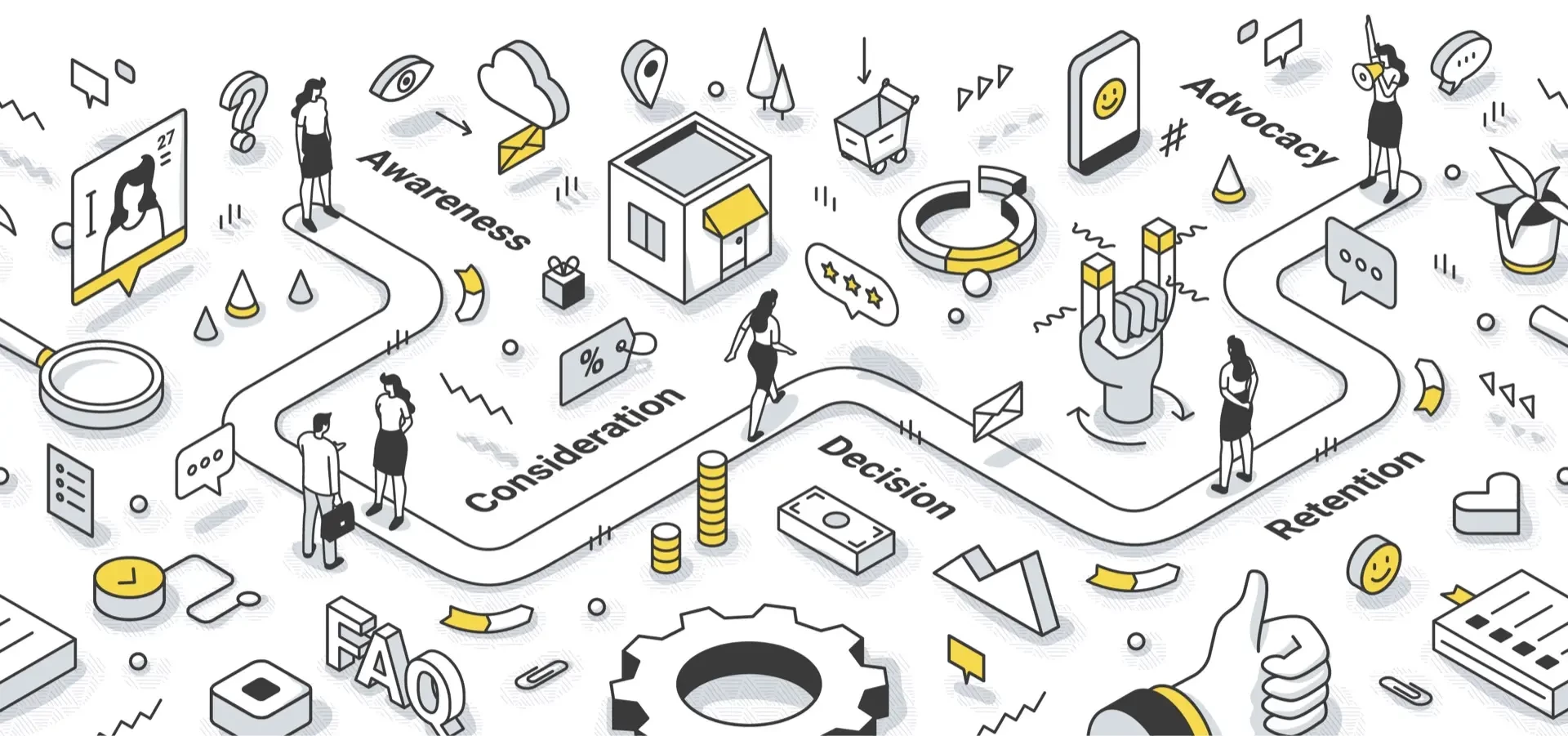
Restaurants? Ouch...
Continuing our trip, we visited numerous restaurants, lunches and dinners were plentiful and opportunities to evaluate venues were too.
In much of our country, especially after the sad pandemic period, most restaurants have equipped themselves with devices to optimize and streamline order collection via touch devices as well as take-away.
Well, this evolution is far from coming in the USA: not a single restaurant (maybe we were unlucky...) offered us a printed and laminated menu.
Reading fingerprints on those menus, one could almost track the first customer who inaugurated the venue, so poor (though not always) was the hygiene attention.
I increasingly see venues where, by scanning a QR code generated on the spot by the waiter with my own smartphone, I can order autonomously, share the table with my companions, and see the bill in real time. And we’re talking about old Italy...
Besides being a catalyst for the kitchen and entire staff, this solution helps cut costs on waiters who may have little experience, not to mention it often encourages over-ordering. Obviously to the clear benefit of the restaurant’s revenue.
I was recently in the area around Brescia, at a delightful gourmet pizzeria which, in addition to the above, even allowed me to pay directly from the table, avoiding queues at the register.
I find their case very interesting, because unlike the classic "all you can eat" where the waiter can really be a "kitchen courier," just acting as a transport medium, the guys at this pizzeria were very knowledgeable about ingredients, flours, preparations, and pairings.
Not having to spend most of their time filling out slips and shouting orders to the kitchen—tasks delegated to the customer and the app—they could invest in their skills and professionalism.
Chapeau to the pizzeria in Brescia
Why is an Intuitive Site Essential?
An intuitive website is the cornerstone of an effective customer journey. Here’s how it can make a difference:
• Reduces user frustration: A clear design and simple navigation allow visitors to quickly find what they’re looking for without getting lost in complicated menus or useless pages. A non-responsive site with misaligned content between desktop and mobile confuses users.
• Speeds up purchase decisions: When the steps to complete an action (like placing an order or contacting you) are minimized, customers are more likely to complete their journey without abandoning the site. If I had been able to save my data, I would have paid more willingly on subsequent occasions.
• Increases trust: A well-designed site conveys professionalism and care, elements that help build trust in your brand. Arriving in a city that welcomes me, even digitally, in a light way would have made me less picky in the following days.
Key Elements of an Intuitive Website
To simplify the customer journey, it’s essential to integrate some best practices in your site design:
1. Clear and Simple Navigation:
Use well-organized, intuitive menus. Main pages should be accessible within a few clicks, with clear and well-placed call-to-actions.
2. Loading Speed:
A slow site can discourage visitors. Optimize images, scripts, and content to ensure fast loading on any device.
3. Responsive Design:
Make sure your site is optimized for mobile devices. Today, much of web traffic comes from smartphones and tablets.
4. Targeted and Clear Content:
Provide relevant information concisely. Each page should have a clear goal, avoiding overwhelming the user with too many details.
5. Simplified Checkout Process:
If you have e-commerce, the payment process should be straightforward, with few steps and clear payment options.
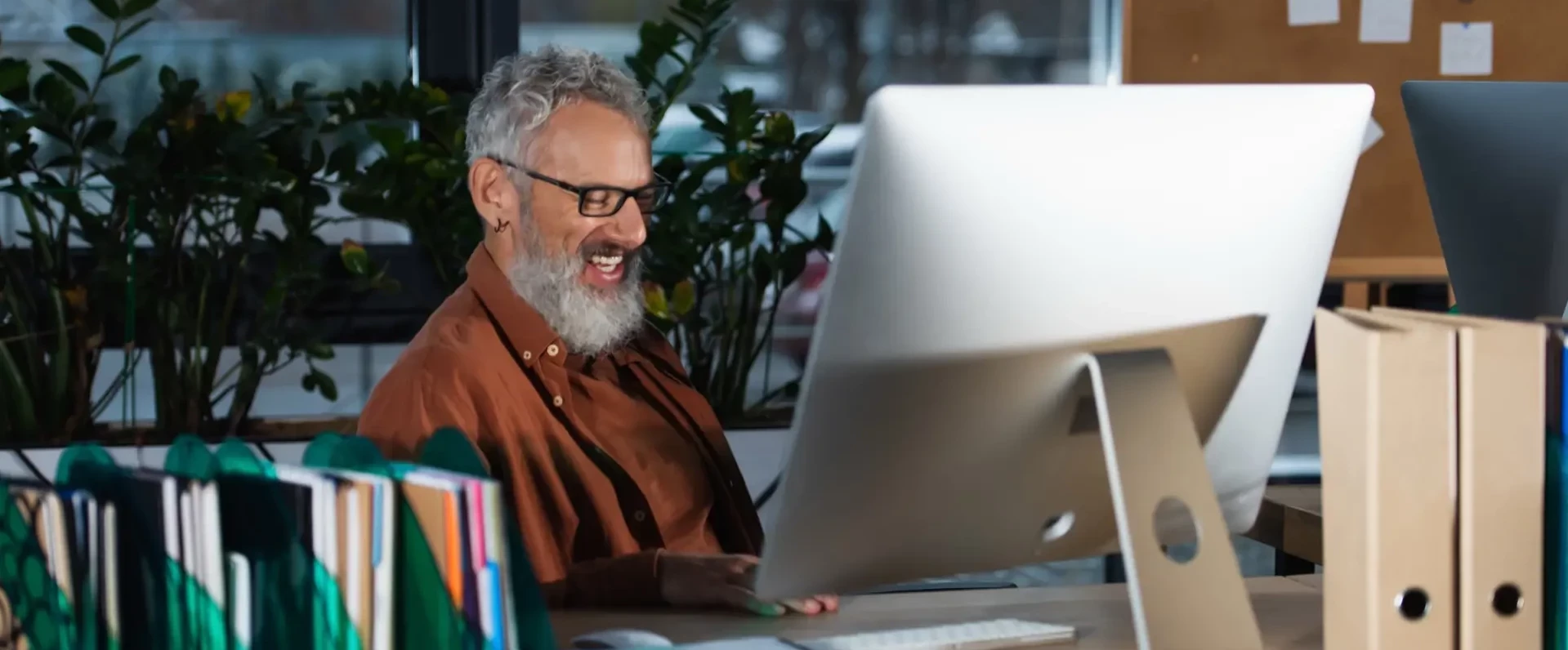
Benefits for Your Business
An intuitive website not only improves user experience but also brings direct benefits to your business:
• More conversions: Satisfied visitors are more likely to become customers.
• Lower bounce rate: An easy-to-navigate site keeps visitors longer, increasing interaction opportunities.
• Brand loyalty: A positive experience encourages customers to return and recommend you to others.
How Can We Help You Simplify the Customer Journey?
Is your company like New Orleans or the Miami restaurants we visited?
With 25 years of experience creating intuitive and results-driven websites, our team specializes in transforming your site into an effective tool to attract and retain customers.
We analyze TOGETHER your target’s needs and design customized solutions that make every interaction smooth and enjoyable.
Even if the site wasn’t made by us.
Even if you don’t have time or desire to redo it.
Even if "you’ve always done it this way."
It’s not always necessary to sell more, sometimes it’s more interesting to sell better.
Simone Resca
Want to discover how to improve your customers’ experience?
Contact us for a free consultation and start simplifying the customer journey with a website that really works.

